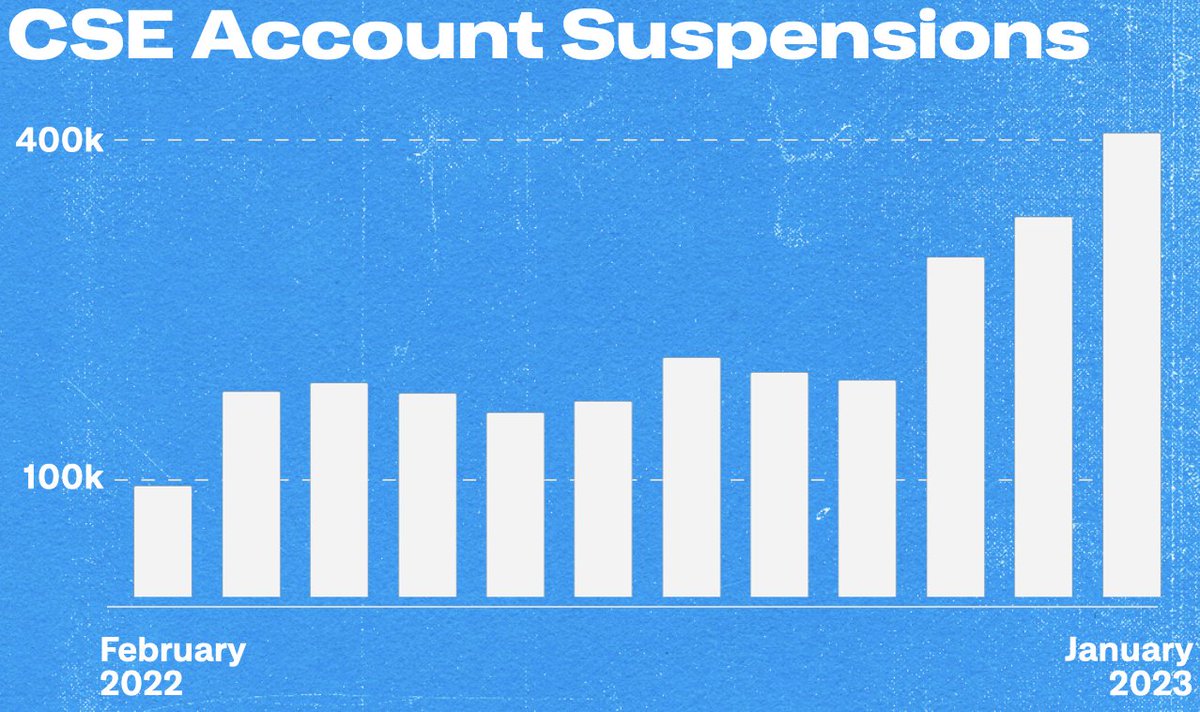#SaferInternetDay is being recognized all over the world. We’re dedicated to making Twitter a safe place for free expression and encouraging online respect and responsibility.
Join in the conversation. Share how you’re working towards a better internet. blog.twitter.com/en_us/topics/c…
Join in the conversation. Share how you’re working towards a better internet. blog.twitter.com/en_us/topics/c…
Here are a few ways to control your experience on Twitter to support #SaferInternetDay.
Mute words you don’t want to see for 24 hours, seven days, 30 days, or forever. Muted hashtags and phrases won’t appear on your timeline or notifications.
Mute words you don’t want to see for 24 hours, seven days, 30 days, or forever. Muted hashtags and phrases won’t appear on your timeline or notifications.
Choose who sees your Tweets. By using block, you can control if an account can see your Tweets or message you.
We use policies, human review processes, and machine learning to remove bad content and make Twitter healthier.
We also need your help. If you see abusive content on Twitter that violates our rules, please report it so our agents can look into removing it.
We also need your help. If you see abusive content on Twitter that violates our rules, please report it so our agents can look into removing it.
Safety is our top priority. Last year, we launched over 70 product and policy updates to build a healthier Twitter.
We’ve made progress and learned a lot, but we know there is a lot more work to do.
We’ve made progress and learned a lot, but we know there is a lot more work to do.
We are committed to helping you see high-quality information, ensuring that content doesn’t lead to offline harm, and blocking spammy or fake accounts. And we want to do all of this with transparency.
#SaferInternetDay
#SaferInternetDay
• • •
Missing some Tweet in this thread? You can try to
force a refresh





